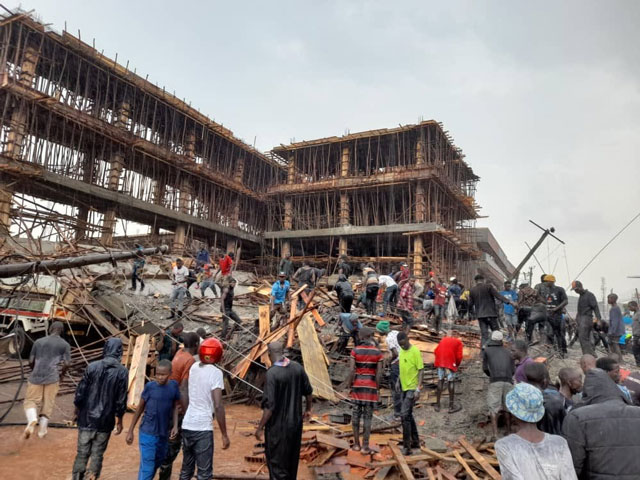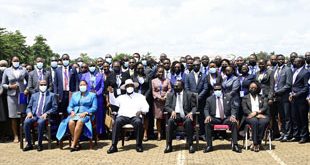
Kampala, Uganda | THE INDEPENDENT | Kampala Capital City Authority -KCCA has earmarked 3,300 buildings in its five divisions for demolition if the owners do not move to rectify the queries on them, including getting the proper and documented approval of their plans.
This was announced by KCCA deputy executive director Eng. David Luyiimbazi while giving a key note address at a stake holders structure dialogue on counterfeit building materials organized by the National Building Review Board -NBRB and the Anti-Counterfeit Network -ACN in Kampala.
Luyiimbazi stated the city has over 3,300 illegally constructed buildings in all the five city divisions and they have started engaging the developers to rectify this or KCCA demolishes these buildings at the developers cost.
The national building control act 2013 gives the NBRB to inspect, monitor and regulate building activities through the building control officers and their committees in the different local government structures.
However, the mandate to demolish any building is given to the respective local authority building committee after a structural integrity assessment survey is done with the NBRB playing an oversight role at this level.
Nevertheless the legal process to demolish a building is so long that till now the Kisenyi killer building has not yet been demolished yet the KCCA building committee recommended the demolition more than three months ago.
The state minister for works hon Musa Ecweru as the guest of honor, at the structured dialogue says government is ready to work with all stakeholders to see to it that buildings and construction sites are no longer death traps which claim lives of innocent Ugandans.
He adds that in addition to counterfeit building materials and the failure of regulatory agencies to do their work properly, leaving these to the developers and engineers is another problem.
From the dialogue, it has been identified that besides substandard materials used, there is also a problem with the users themselves like the engineers, architects, surveyors, the developers and others in the building value chain which is manifested in the shoddy works done on a daily basis.
To curb this, the NBRB has instituted an online name-and-shame strategy to expose whoever compromises standards in the buildings value chain, with a thinking the this will help Ugandans know which building is likely to collapse.
NBRB executive secretary Eng. Flavia Gutto Bwire, says that their operations starting January 2022 are mainly going to be online including the name-and-shame measure which will include substandard material manufacturers and other perpetrators;
The dialogue also found out that persistent substandard products on the market are a result of a number of issues including difficulty in identification of products, affordability of information, making it normal to deal in substandard items as well as inconvenience.
ACN’s director for legal and cooperate affairs Fred Muwema highlighted that fighting counterfeits is a very big battle and it takes time but the day marked the start of fight in the building sector moving forward.
He also called upon government to build the human resource capacity in the respective regulatory agencies to ensure effective regulation implementation.
*****
URN
 The Independent Uganda: You get the Truth we Pay the Price
The Independent Uganda: You get the Truth we Pay the Price


